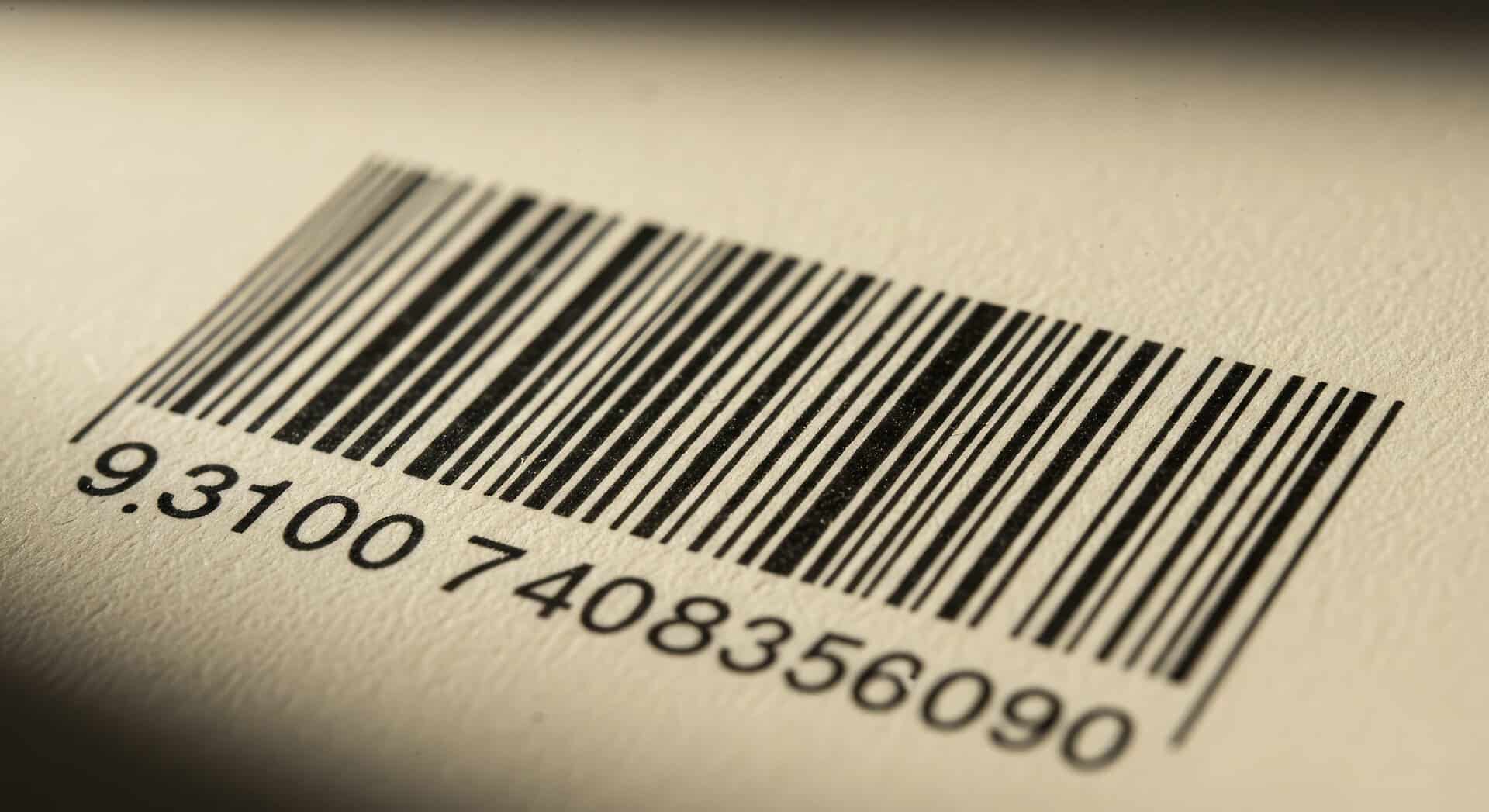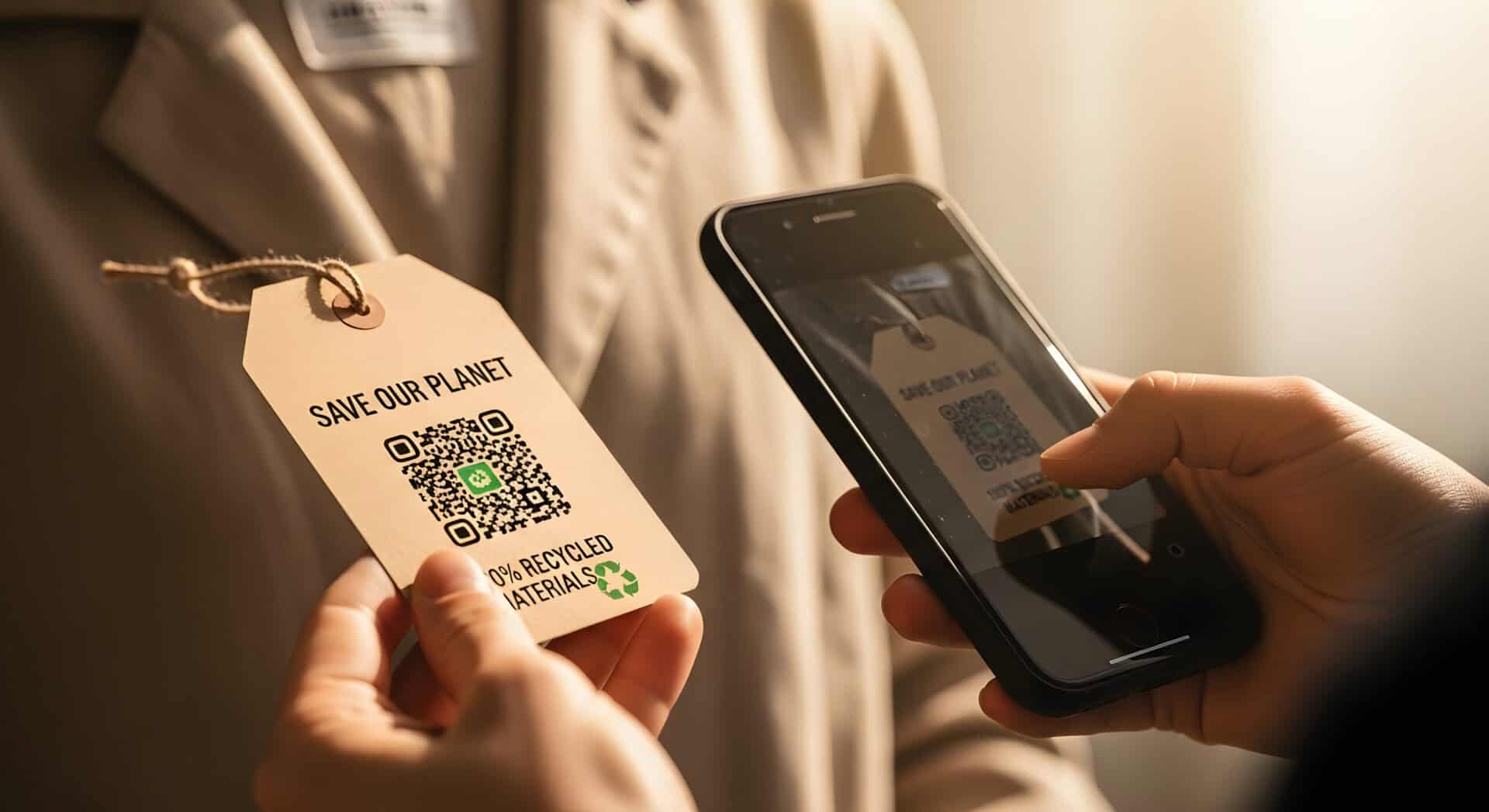Partner Blog
by: Richard Thompson / Zebra
THIS IS A PRIME OPPORTUNITY FOR OEMS TO SHOW WHAT THEY’RE MADE OF – AND WHAT THEY CAN MAKE TO EASE THE CHALLENGES OF EVERYDAY TASKS IN A SAFETY-FIRST WORLD.
COVID-19 has been a catalyst of change in a way unseen since the Second World War. Its impact on every industry has been immediate, significant and in some cases devastating. And though many expect the economic repercussions of coronavirus to outlive the pandemic, it is the unprecedented changes we are seeing across sectors that will undoubtedly ripple beyond the pandemic – at least from my perspective.
Many of the changes that have occurred over the last year and are planned for the next 12 months were already on course to happen. COVID-19 just put the pedal to the floor. Sales channels, for example, have been rapidly shifting to prioritise online and self-service options – and not just in the retail and hospitality sectors. Nearly every organisation is rethinking how it does business right now. Contactless operation, technical innovation and rapid flexibility will mark out the companies that successfully navigate the pandemic. As Forrester says: “Companies that lead in customer experience outperform laggards by nearly 80%.”
But “customer experience” isn’t always referring to the consumer experience, as many customers in the supply chain are actually other businesses.
Therefore, the opportunities for original equipment manufacturers (OEMs) to deliver innovative, revenue-generating self-service solutions that encourage social distancing are not exclusive to retail, restaurants, hotels, cinemas or even public transportation. In fact, kiosks are in great demand in healthcare, manufacturing and warehousing environments right now.
KIOSKS OF GROWING IMPORTANCE TO WORKER SAFETY
In an ongoing effort to decrease face-to-face contact to protect both customers and employees, self-service kiosks have gained in importance and acceptance among those providing essential goods and services:
- Patient check-in kiosks are springing up in surgery centers and hospitals across the globe, giving people control over their own registration process, ensuring fewer data input errors are made with personal information, and providing an easy way to pay for parking at the same time, if required.
- Manufacturing and warehousing operations are finding new ways to store, clean and use handheld mobile devices that may be used by multiple workers across shifts. Innovations such as smart lockers have many benefits, such as improved productivity and better asset management, but using them to minimise the threat of cross-contamination is of particular interest right now.
- The public sector is increasingly turning to self-service kiosks to reduce costs, improve efficiency and offer better services in a contactless manner. Examples of public sector kiosk use range from library book self-service check in and out, and self-check-in at licensing facilities, to parking ticket and fine payment. Some entities are even using kiosks to distribute personal protective equipment (PPE).
- Utility companies still need to account for consumers who don’t use traditional banks and therefore need to pay with cash. Bill-pay kiosks provide a convenient, secure and easy-to-use way of doing this, whilst protecting against the spread of COVID-19.
- The transportation sector has been using self-service kiosks for years, but their use is expanding and diversifying. Recent applications include solar-powered kiosks for bike docks and electric vehicle charging kiosks.
With these new and emerging needs, the opportunities are significant for OEMs. Yet, technical innovation and a speedy response to evolving customer demands are paramount. It is possible for OEMs to rapidly deliver the perfect self-service solutions for front-line, field and back-of-house operations – complete with customisable branding options. However, as history has taught us, OEMs that develop these solutions collaboratively with other technology providers are better poised for the fast market uptake and long-term demand that defines success. Now more than ever, we must work together – with customers, partners and end users – to innovate. Each has a unique perspective that will strengthen the final solution and help ensure the desired outcome is achieved, whether that be a speedier transaction or a safer work environment.
HOW WE CAN HELP
There are many ways in which Zebra’s OEM technologies cut costs, improve profits and strengthen your brand. But in these unprecedented times, when speed of operational change is crucial, the biggest benefit you can enjoy by working with Zebra is speed to market. You get immediate access to a comprehensive and proven portfolio of industry-leading scan engines and devices – all of which are ready to deploy. You also get the full support of a team of innovators who concentrate on studying the market, speaking with mutual customers and discovering how technology can be best utilised in any situation, including a global pandemic, to improve customer experiences.
Contact us to discuss your OEM requirements and quickly find the right technologies for your solution.
###


